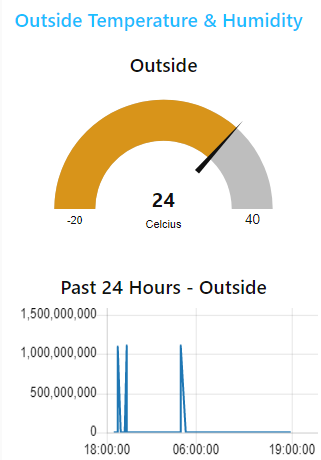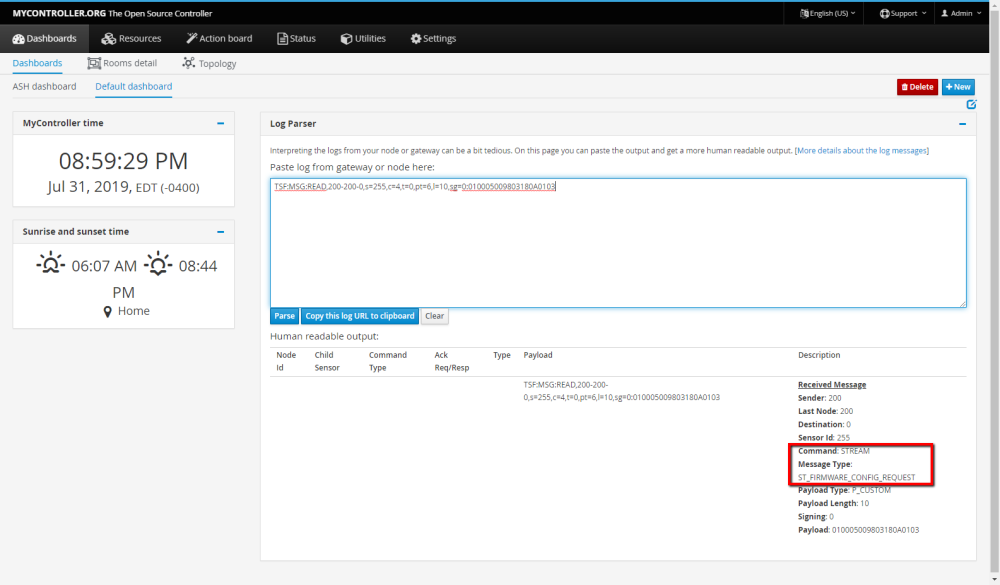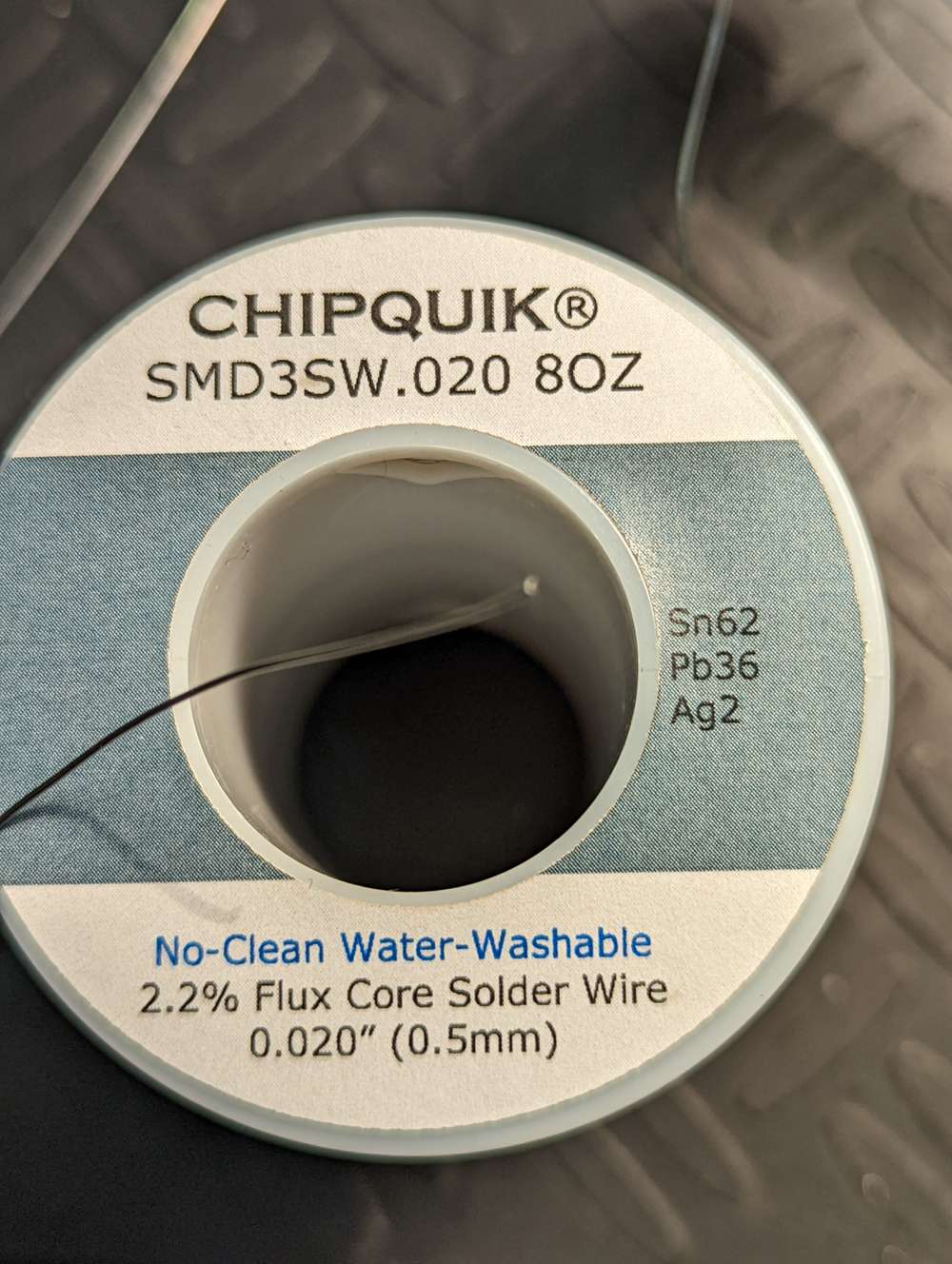I've recently been updating my nodes and gateways to use the latest version of MySensors. I've also recently acquired a handful of Sensebender Micros and set one up in the pool shed to test/play and get some outside temperature and humidity readings. A problem I found though is that I was getting some anomalous data readings which completely throws off my time period data - see the 24-hour chart below.

Solar flares perhaps? I ruled that out.
I set up a test last night before turning in for the night and ran it for about 18 hours. I've collected and compared the debug logs of my node with those of the Ethernet and MQTT gateways that I have and found that the node is sending a valid float value at all times but the gateways will sometimes receive something different.
Node Debug Data (stripped to just the sending of one of the sensors)
4935 TSF:MSG:SEND,4-4-0-0,s=1,c=1,t=0,pt=7,l=5,sg=0,ft=0,st=OK:21.6
5480 TSF:MSG:SEND,4-4-0-0,s=1,c=1,t=0,pt=7,l=5,sg=0,ft=0,st=OK:21.2
6891 TSF:MSG:SEND,4-4-0-0,s=1,c=1,t=0,pt=7,l=5,sg=0,ft=0,st=OK:20.7
8331 TSF:MSG:SEND,4-4-0-0,s=1,c=1,t=0,pt=7,l=5,sg=0,ft=0,st=OK:20.4
And corresponding receives from the Ethernet Gateway debug log
Jun 04 00:55:20 DEBUG TSF:MSG:READ,4-4-0,s=1,c=1,t=0,pt=7,l=5,sg=0:21.6
Jun 04 01:02:35 DEBUG TSF:MSG:READ,4-4-0,s=1,c=1,t=0,pt=5,l=5,sg=0:1101633946
Jun 04 01:37:38 DEBUG TSF:MSG:READ,4-4-0,s=1,c=1,t=0,pt=7,l=5,sg=0:20.7
Jun 04 02:13:52 DEBUG TSF:MSG:READ,4-4-0,s=1,c=1,t=0,pt=7,l=5,sg=0:20.4
You can see that the data received changed payload type from P_FLOAT32 (pt=7) to P_ULONG32 (pt=5) !!!
Note that the graph above is from data collected by way of the MQTT gateway and as such doesn't specifically correspond to the debug logs above but I do see exactly the same flip of payload type in the MQTT GW log - though at different times from those in the Ethernet GW log
Now I understand that this is going to come down to noise in the radio transmission but it raises some bigger-picture questions for me.
- How can I ensure that the data received by the gateway is specifically what the node sent?
- Would using ACK and having the node confirm if what was sent was received correctly be a valid approach?
- Would implementing message signing help in any way?
I'm at a loss on how best to ensure the integrity of the data being sent and collected. What are your thoughts?
Allen






